As summer turns to fall, I’d like to take one extra moment to reflect on what we achieved in 2024 with your steadfast support.
While the successful projects implemented, reports published, and record dollars raised in 2024 are testaments to the unwavering year-over-year dedication by you, our partners, staff, and supporters, I can’t help but feel that this was our most impactful year yet, and I hope you’ll share in our pride when you read the following report.
Over the past few years, Sustainable Conservation has connected our programs around water through habitat and floodplain restoration, water quality management, and soil health, just to name a few. This holistic approach to conserve California’s most consequential resource has allowed us to test solutions on the ground so we can scale them effectively, equitably, and sustainably.
Taking immediate and decisive action is essential to tackle the environmental challenges of today and tomorrow. Your steadfast support remains our greatest asset in driving meaningful change here and now.
This year, we’re especially grateful for you, our community of donors who share their time, values, and financial support. Together, we can continue to foster a more resilient, sustainable California.
Thank you,

Ashley Boren
Chief Executive Officer, Sustainable Conservation
Water for the Future
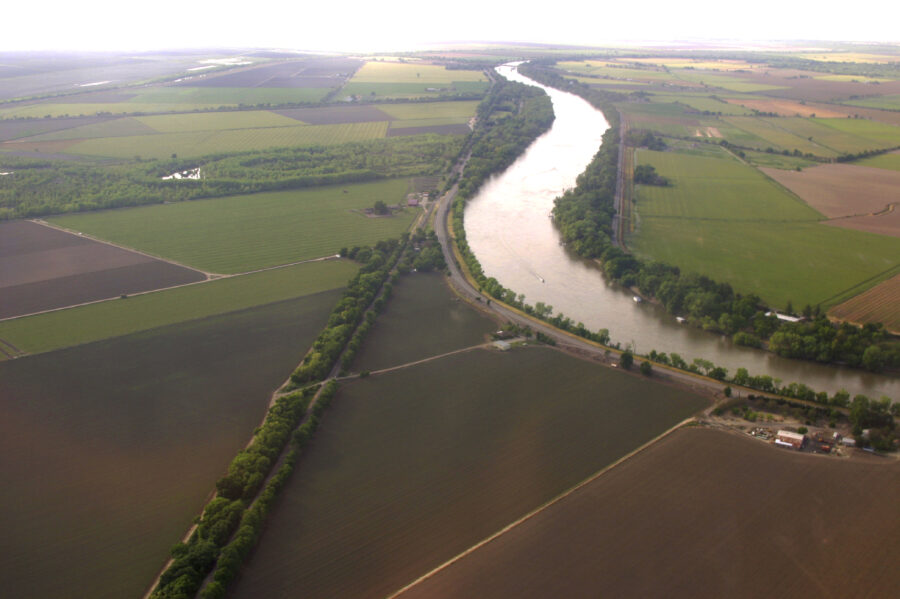
Thanks to your support, Sustainable Conservation continues to lead transformative progress in securing California’s water future.
Following 2023’s record-breaking rain, our longtime partnerships with farmers and water agencies helped us make the most of the outsized role farmland can play in replenishing our groundwater aquifers.
This year, an update to the Public Policy Institute of California’s (PPIC) 2017 study on groundwater recharge in the San Joaquin Valley revealed exciting progress. In 2023, the overall volume of water recharged increased by 17% compared to a similarly wet 2017. Among all recharge methods, on-farm recharge grew the most — by an incredible 90%.
This is a momentous proof point validating the decade-plus of our work powered by your support and partners like Don Cameron to help move on-farm recharge from an experimental idea to a widely adopted practice.
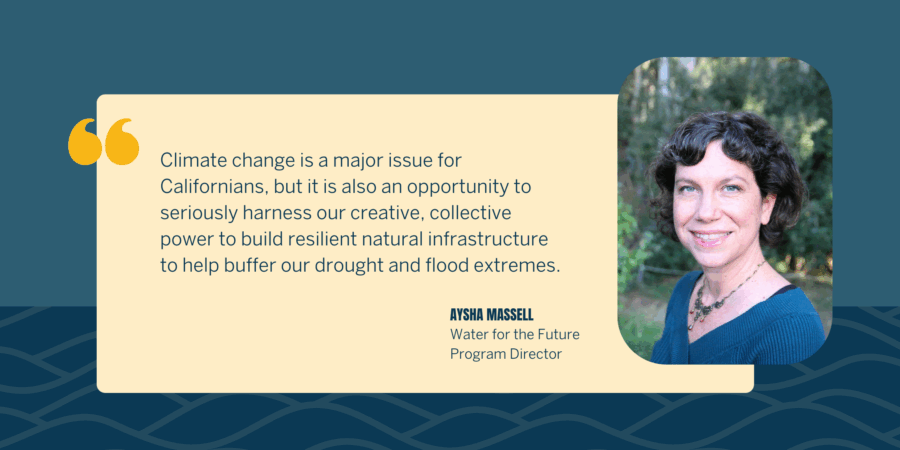
A Watershed Moment
In addition to successfully completing our three-year, $8 million Watershed Moment fundraising campaign, the watershed work celebrated a major milestone: publication of the Merced Watershed Reconnaissance Study, developed through a multi-year collaboration with the Department of Water Resources and other partners.
The study highlights how Flood-Managed Aquifer Recharge (Flood-MAR) can address some of California’s most pressing water challenges. Without action, groundwater overdraft in the Merced Irrigation District is projected to exceed 100,000 acre-feet per year by 2070. At the same time, peak flood flows on the Merced River could more than double by 2040. That’s the hydrological equivalent of a two-lane road having to accommodate the traffic of a four-lane highway.
Flood-MAR implementation could reduce groundwater overdraft in the Merced Irrigation District by up to 42% by 2040, easing pressure on water supplies. That’s a reduction in overdraft of 24,000 acre-feet per year — enough to meet the annual water needs of about 32,000 California households. Full implementation of Flood-MAR could also cut peak flood flows by up to 46% in 2040 to decrease community flood risk.
With your support, we can capture and recharge more water to enhance our collective flood protection, support wildlife habitat, and build scalable, multibenefit strategies for a climate-resilient future.
Accelerating Restoration
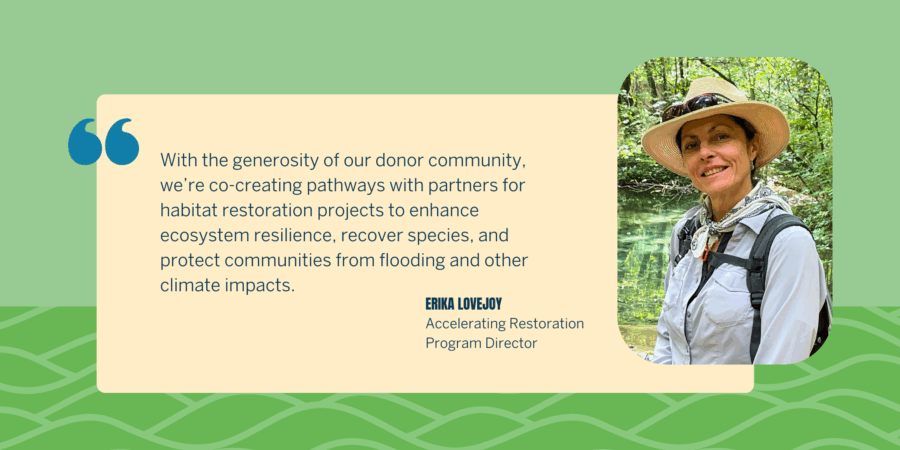
Thanks to your generosity, our Accelerating Restoration program made critical strides in 2024 to improve ecosystem health across California. We advanced new tools and strategies to speed up and scale ecological restoration with the close assistance of policymakers, regulators, nonprofits, landowners, tribes, and the restoration community.
This year, we published two major resources: the Sacramento Valley Restoration Roadmap and “Accelerating Restoration in the Sacramento Valley and Beyond.” Both resources are designed to help overcome the regulatory and logistical hurdles that often delay much-needed restoration projects.
The Roadmap for Restoration is the first resource for permitting guidance in the Sacramento Valley. Over 80 experts and 39 organizations’ insights informed a step-by-step permitting guide, process flowchart, and permit summary table. These tools help restorationists navigate complex permitting processes and allow faster and more cost-effective critical habitat restoration.
The paper calls for a proactive, collaborative restoration approach that prioritizes long-term planning and cross-sector coordination. We’re working with agencies, restoration networks, and leadership to implement these recommendations and turn ideas into action for California’s ecosystems.
With your support, we’re breaking down barriers to restoration, reactivating floodplains, and rebuilding habitats across the state to ensure a more resilient future for California’s environment and communities.
Solutions in our Soil
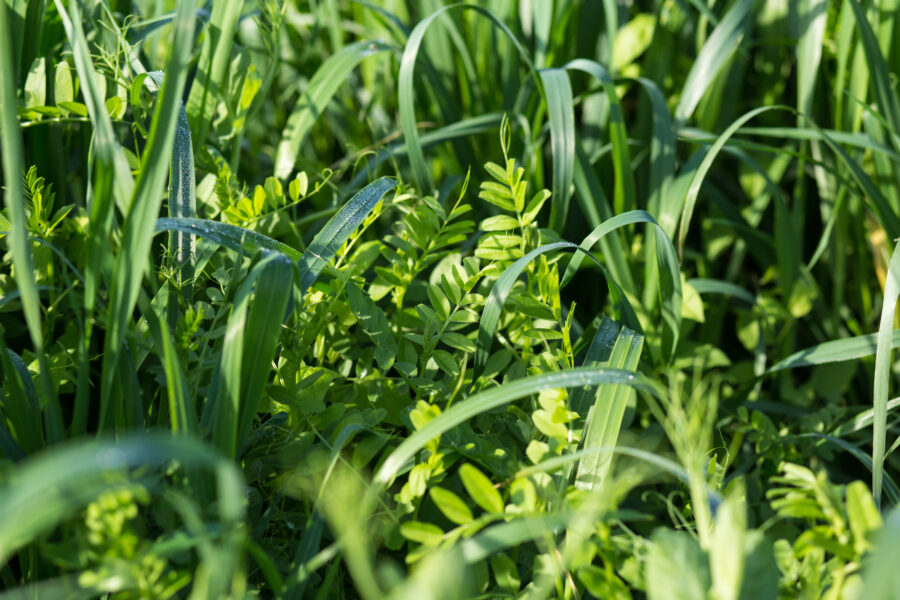
In 2024, your generosity helped our Solutions in our Soil program advance soil health research and practices to foster biodiverse ecosystems, promote sustainable agriculture, and strengthen community water quality and drought resilience.
The biggest 2024 headline was the publication of the “Cover Cropping in the SGMA Era” report. Drafted by a group of 30+ members and 15+ organizations, the report aggregated published and emerging research on cover crops’ water impacts and benefits, and analyzed how the Sustainable Groundwater Management Act (SGMA) might affect their use on farms.
By bridging critical knowledge gaps and consolidating the findings from relevant science, this report provides valuable recommendations to better incorporate cover cropping into Groundwater Sustainability Plans and ensure that this practice’s potential water benefits are understood across the Central Valley.
With your support, our work in leading expert convenings, interviewing growers, and publishing a previous report laid the foundation for this comprehensive examination. Together, these efforts established Sustainable Conservation as a leading voice in California’s soil-water nexus.
Moving forward, we will leverage our growing network to advance healthy soil for the crops that grow out of it and the water that flows through it. Additionally, our Central Valley project pilots will investigate how building soil health can improve groundwater recharge, especially as we face ongoing water challenges in California.
With your support, we’re unlocking what soil health can do for our farms, food, and critical water resources in California.
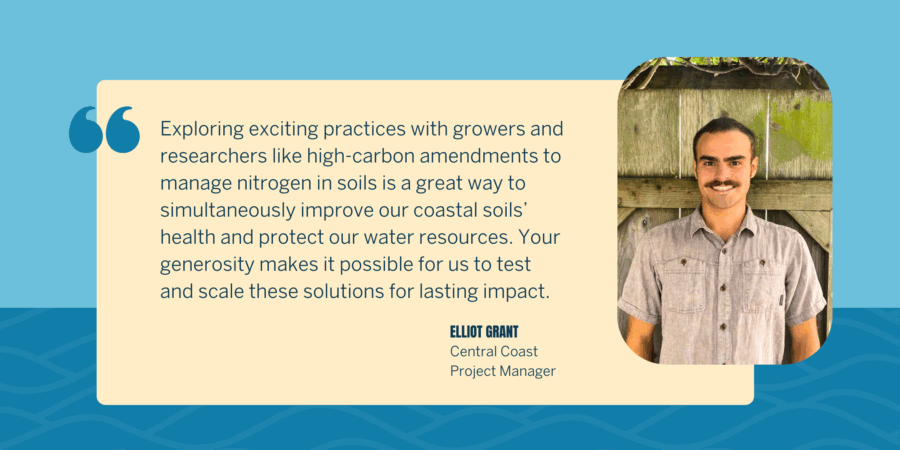
Waste Not
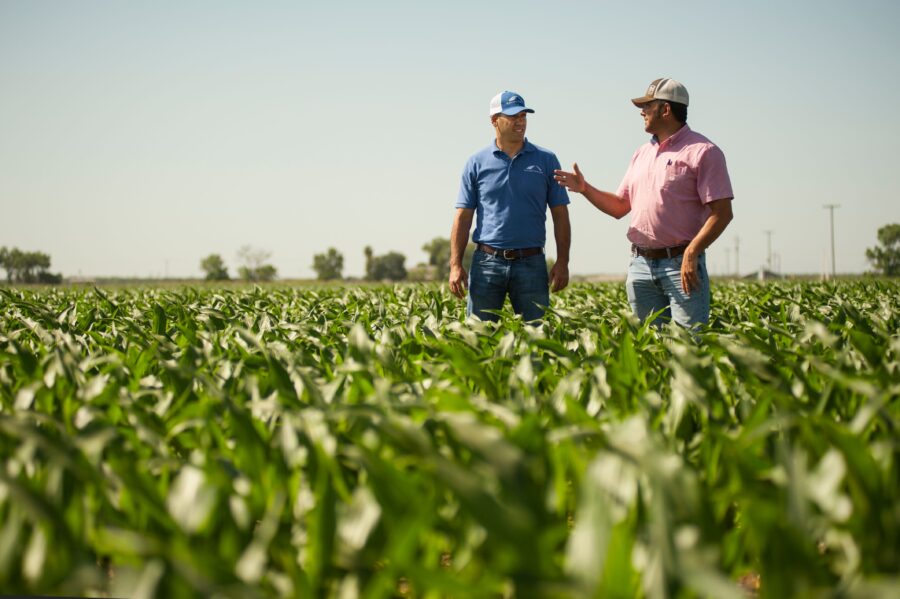
Because of your support in 2024, Sustainable Conservation and our partners continued to pioneer and scale on and off-farm solutions like the manure subsurface drip irrigation system (MSDI) that protect water quality and quantity, agricultural productivity, and human health.
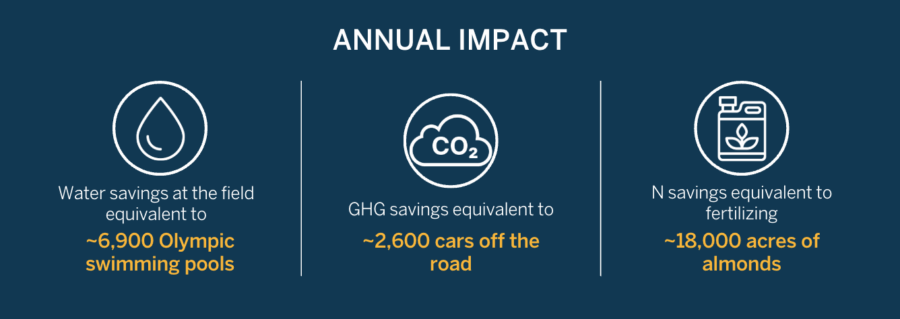
In 2024, we further accelerated MSDI’s positive impact on groundwater quality and nutrient efficiency with a new Conservation Innovation Grant (CIG) from the Natural Resources Conservation Service (NRCS). This grant will fund a first-of-its-kind pilot project at De Jager Dairy, where we will adapt MSDI to irrigate and fertilize almond crops.
Food safety is our largest priority as we test MSDI with human-consumed crops. Scaling this system beyond dairies will help farmers save on water and synthetic fertilizer applied to their fields and mitigate California’s regional nitrogen surplus by safely and precisely applying manure fertilizer to more acres and crops.
Our award-winning subsurface drip irrigation system (SDI) that delivers manure to dairy silage and forage has scaled nationally and internationally. In California, 3,500 acres of dairies use SDI, with several thousand more acres expected soon.
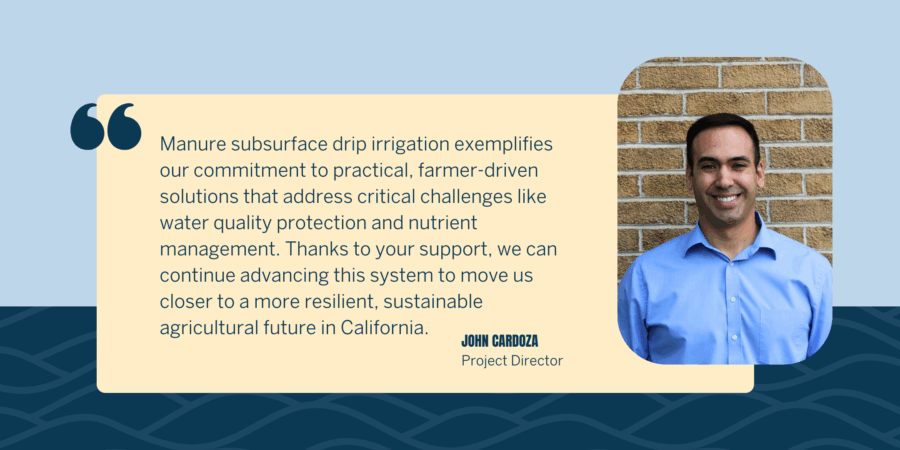
We hope you’re inspired by everything your support made possible in 2024 – from replenishing our aquifers to restoring our ecosystems, your partnership is what keeps us working to bolster our collective climate resilience. Because of you, our steadfast community, we can keep collaborating for the benefit of people and the environment.
Finding creative and collaborative ways to solve our toughest environmental challenges in California is Sustainable Conservation’s DNA. With your continued support, we’ll keep scaling solutions that protect our natural resources and ecosystems for generations to come.
We invite you to review our 2024 financials.
THANK YOU to our donors, partners, Board, Advisory Board, and San Joaquin Valley Regional Committee. We would not be able to do this work without you.
